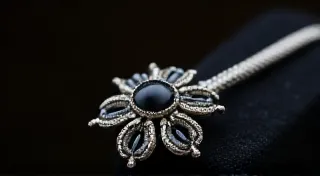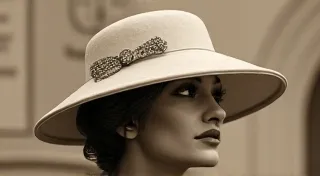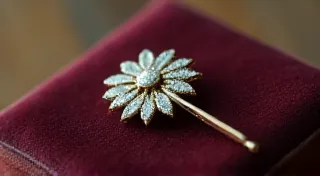Identifying American vs. European Antique Hat Pins
Hat pins were a ubiquitous accessory from the late 19th century through the early 20th century, a decorative necessity for women’s hats. While their popularity waned with changing fashion trends, they remain beloved by collectors today. A key element of collecting antique hat pins is understanding their origin. This article explores the distinct characteristics that help differentiate between American and European antique hat pins, considering their design styles, materials, and manufacturing techniques. Before diving into the nuances of origin, it can be helpful to familiarize yourself with the basics of a beginner's guide to identifying antique hat pins. Knowing the fundamental differences between various styles and materials lays a strong foundation for determining origin.
Design Styles: A Tale of Two Continents
The aesthetic differences between American and European hat pins are often the first clue to their origin. American hat pins, especially those from the late Victorian and Edwardian eras (roughly 1880s-1910s), frequently exhibited a bolder, more exuberant style. They often featured elaborate, theatrical designs – animals, flowers, and figures in dynamic poses were commonplace. These pins were often designed to be eye-catching and somewhat extravagant, reflecting the American penchant for showcasing wealth and status. Think of peacocks with long, intricate tail feathers or a leaping fox – these are common American motifs. The spirit of American design at the time valued display and innovation, often leading to more dramatic and less subtle artistic choices. They were symbols of progress and a departure from older traditions, embraced by a nation rapidly industrializing and asserting its place on the world stage.
European hat pins, particularly those from England, France, and Germany, tended to be more restrained and elegant. While certainly beautiful, the designs were often more refined, emphasizing graceful lines and delicate details. Floral designs were extremely popular, but they were often depicted with a greater sense of realism and subtlety compared to the more stylized American interpretations. You’re more likely to find European pins featuring swans, doves, or delicate sprays of flowers – symbols of beauty and refinement. The emphasis wasn't necessarily on ostentation, but rather on demonstrating artistry and a connection to classical ideals of beauty. The Victorian era in Europe had a long and complex relationship with tradition, and while change was happening, a reverence for established artistic styles often tempered design choices. Observing the impact of changing styles on antique hat pins can further illuminate the reasons behind these diverse trends - understanding the decline of the hat pin and the era of changing fashions can add another layer of context to these aesthetic differences.
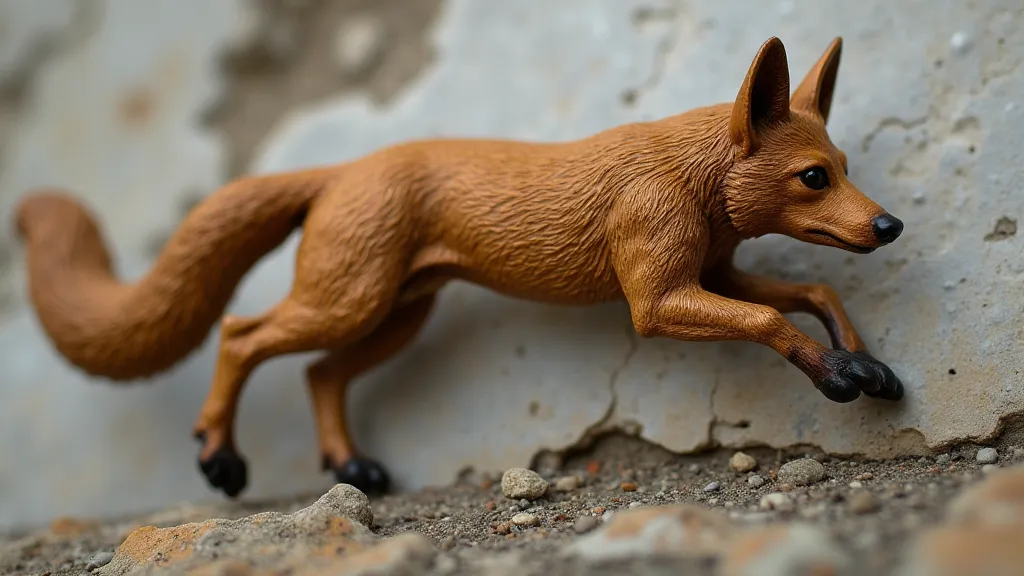
Materials: A Matter of Resources and Trends
The materials used in hat pin construction also offer insights into their origin. American manufacturers had ready access to a wide range of materials, including base metals (brass, nickel silver), and affordable glass for embellishments. While precious metals like gold and silver were used, they were less common than in European production, especially for mass-produced pins. The availability of semi-precious stones like agate and jasper also contributed to the distinct look of American pins. The focus on readily available and cost-effective materials was a direct result of the booming industrial economy and the desire to produce goods on a large scale for a growing consumer market.
European hat pins, particularly those from England and France, often incorporated more silver and occasionally gold. The quality of the glass beads and enamels used in European pins was also generally considered higher. The use of marcasite (a naturally occurring form of pyrite) was particularly common in English hat pins of the Edwardian era, giving them a distinctive sparkle. German manufacturers were known for their innovative use of cold-painted bronze, often depicting realistic figures. The tradition of craftsmanship and the value placed on high-quality materials within European artistic circles contributed to this trend. The use of these materials wasn’t always about luxury; it was also about achieving a particular aesthetic and showcasing skill in handling them.
Manufacturing Techniques: Industrialization and Craftsmanship
The Industrial Revolution significantly impacted hat pin manufacturing in both America and Europe, but the approaches differed slightly. American manufacturers quickly adopted mass production techniques, utilizing machines to stamp out pin shanks and apply decorative elements. This resulted in a large output of relatively inexpensive pins. The drive for efficiency and scale was the defining characteristic of American industry during this period, resulting in a more standardized and often less personalized manufacturing process.
While European manufacturers also embraced mechanization, there was often a greater emphasis on incorporating elements of hand craftsmanship. This is particularly noticeable in the finer details of the decorative elements and the quality of the enamel work. German pin manufacturers often employed a combination of casting, stamping, and hand-finishing techniques, resulting in a unique blend of industrial efficiency and artistic skill. The higher labor costs in Europe often resulted in fewer mass-produced pins compared to the American market. The persistence of established guilds and a continued emphasis on the artisan’s role in production influenced this approach.

Understanding Value and Style
The distinctive styles of hat pins weren't limited to just the Victorian and Edwardian periods. The Art Deco era saw a dramatic shift in aesthetic, characterized by geometric shapes and bold designs. Many later hat pins reflect this shift, showcasing the ongoing evolution of fashion and design. The value of antique hat pins isn't solely determined by their origin; it is also influenced by rarity, condition, and the overall design aesthetic. Understanding the value of different types of antique hat pins will give you additional insight into the collectors' market.
Key Differences Summarized
Here's a handy table summarizing the key distinctions:
| Feature | American Hat Pins | European Hat Pins |
|---|---|---|
| Design | Bold, theatrical, exuberant | Restrained, elegant, refined |
| Materials | Base metals, affordable glass, occasional precious metals | Silver, occasional gold, high-quality glass, marcasite |
| Manufacturing | Mass production, machine-driven | Combination of machine and hand craftsmanship |
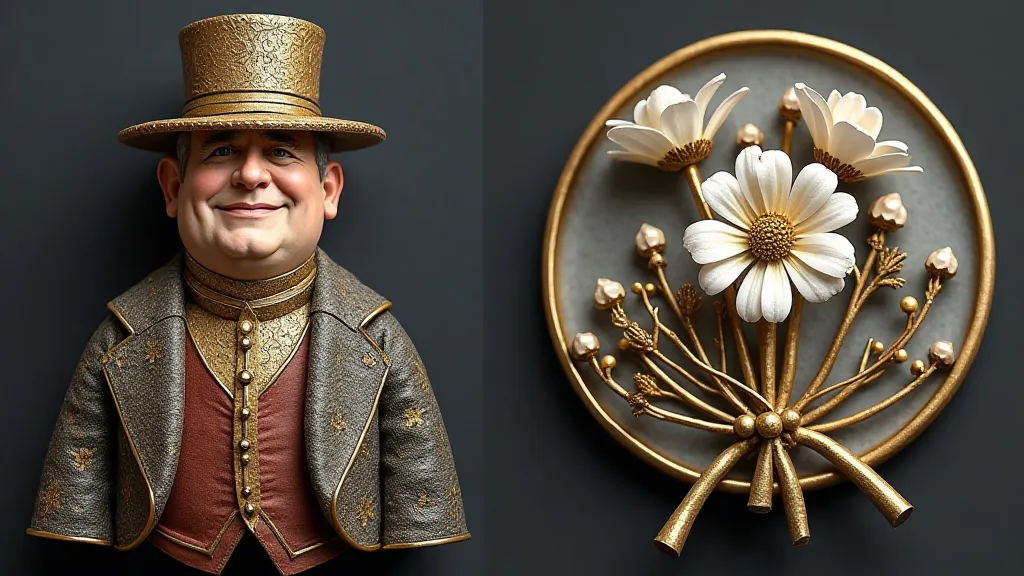
Further Research
Identifying the precise origin of an antique hat pin can be challenging, and this article provides just a starting point. Consulting with experienced collectors, examining dealer catalogs, and researching specific manufacturers can provide more detailed information. Remember to consider the overall style, materials, and construction techniques to make an informed assessment of your antique hat pin’s origins. The passage of time significantly affects antiques, and the appreciation of these beautiful accessories is constantly evolving.
